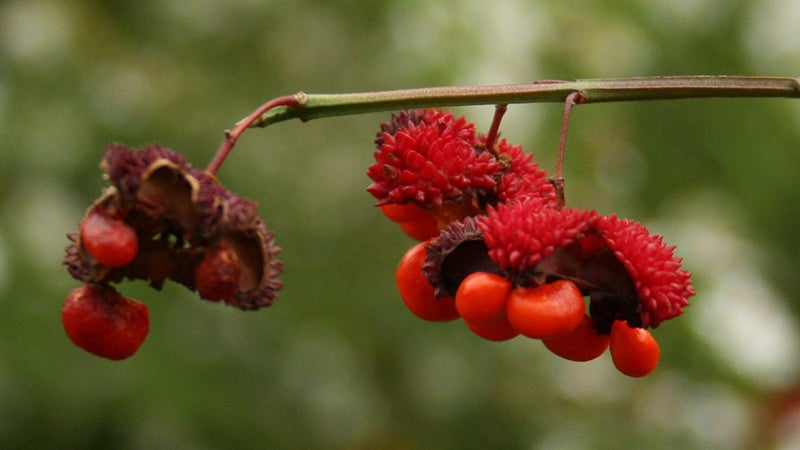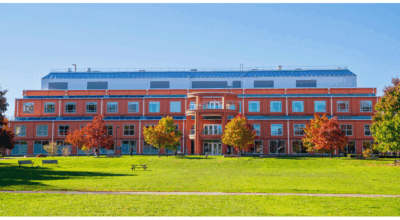Fruit of Strawberry-bush attractive, but don’t eat it
Published 10:29 pm Thursday, November 8, 2018

- Strawberry-bush (Euonymus americana) grows in mixed deciduous forests, low woodlands and swamp forests across eastern U.S. and most counties in Virginia.
|
Getting your Trinity Audio player ready...
|
Strawberry-bush
Euonymus americana
Strawberry-bush is a shade-loving shrub that goes unnoticed much of the year. Leaves are narrow, long-pointed with fine teeth. In early summer, one to three small greenish-purple flowers on slender pedicels lie on top of each leaf. They are followed later with a warty fruit covering, somewhat resembling a strawberry. In the fall, the fruits turn orange-red and burst open to reveal five shiny red arils, each of which envelopes a seed — a very attractive display among the leaves now turning yellow.
Although it will tolerate full shade, Strawberry-bush fruits best when provided light shade or full sun. This shrub grows in mixed deciduous forests, low woodlands and swamp forests across eastern U.S. and most counties in Virginia. The distinctive green twigs are heavily browsed by white-tailed deer, and in the home garden this plant must be protected with fencing.
The common name “hearts-a-burstin’” attempts to describe the appearance of the fruits in the fall. The genus name “Euonymus,” means “good name.” Strawberry-bush was attractive to early colonists and was taken back to England in 1663, where it was widely used in gardening landscapes.
Native Americans used the roots of Strawberry-bush to make a tea for stomach and urinary problems.
But the fruit and bark of this shrub and its relatives contain glycosides that cause severe diarrhea in humans; the berries may also affect the heart, possibly causing cardiac arrest, and are especially dangerous for children.
HELEN HAMILTON is past president of the John Clayton Chapter, Virginia Native Plant Society. Contact her at helen48@cox.net. For more information about native plants, visit www.vnps.org.


